ENG/ITA

Dear friends of hive,
Here I am back for a new post on my wonderful, even if very short, trip to Sicily.
As I already told you in the previous post, this year I wanted to visit the eastern part of Sicily, from Noto to the southernmost point of Sicily.
In this article we will talk about the tuna trap, a place where tuna were fished and then processed.
What you will see in the photos is the tuna processing site.
Are you ready to take this journey with me?
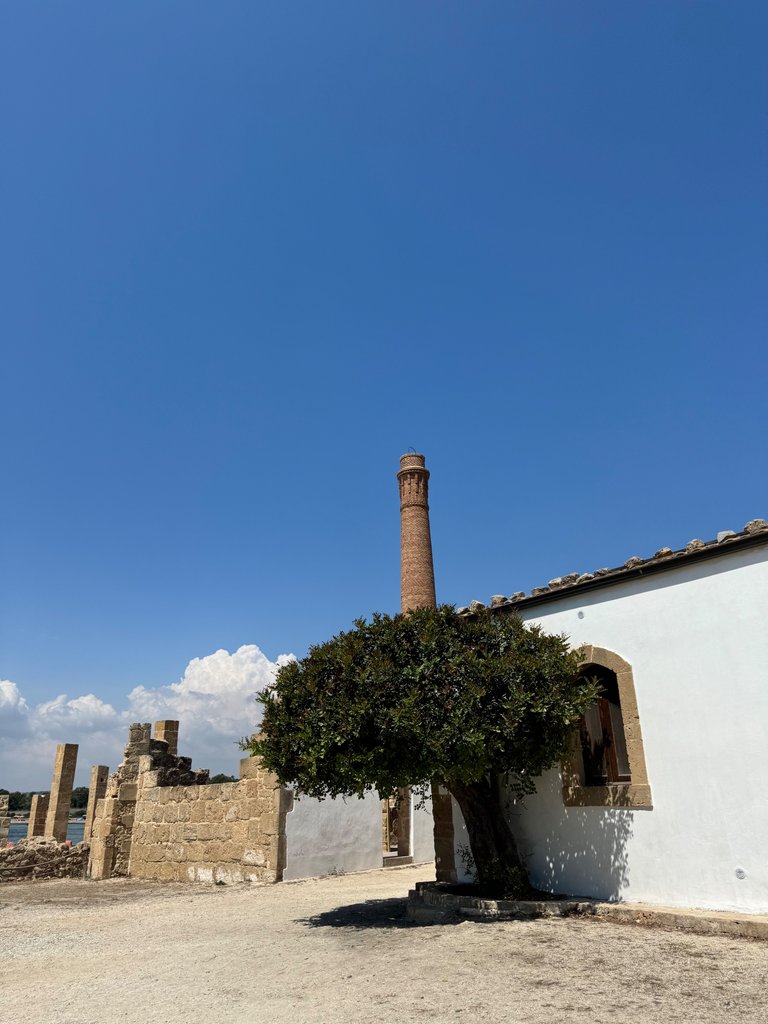
Cari amici di hive,
eccomi tornata per un nuovo post sul mio meraviglioso, anche se molto breve, viaggio in Sicilia.
Come già vi ho anticipato nel post precedente, quest’anno ho voluto visitare la parte orientale della Sicilia, da Noto al punto più a sud della Sicilia.
In questo articolo parleremo della tonnara, un luogo nel quale venivano pescati i tonni e poi lavorati.
Quello che vedrete dalle foto è il luogo di lavorazione dei tonni.
Siete pronti a intraprendere questo viaggio con me?
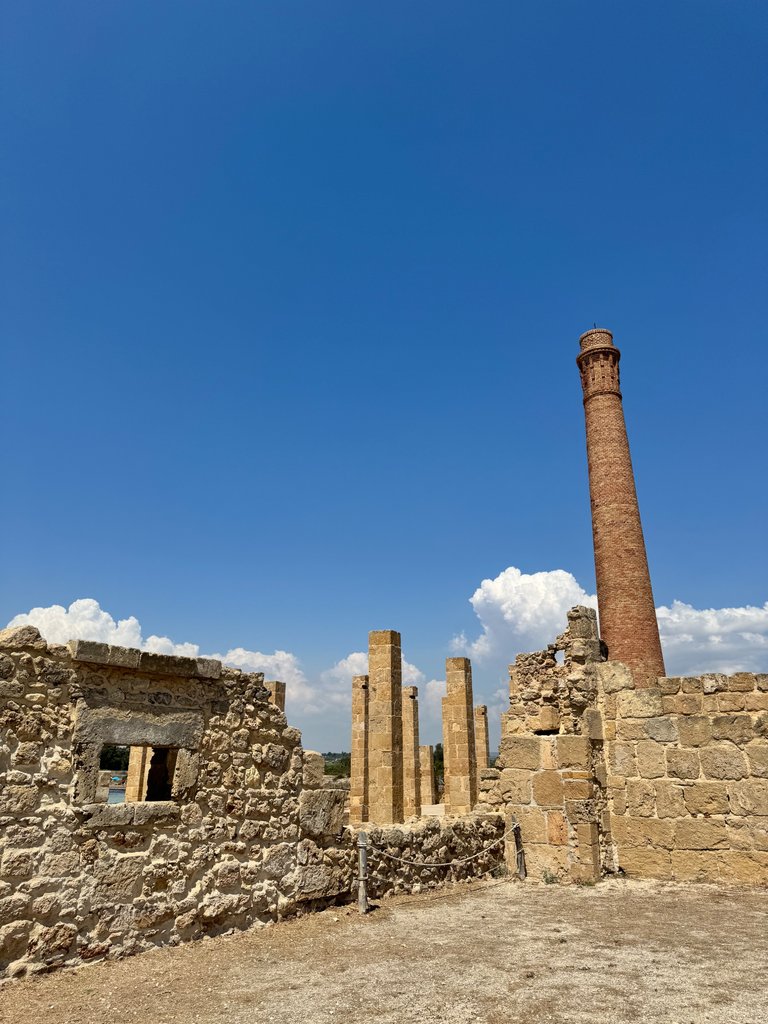

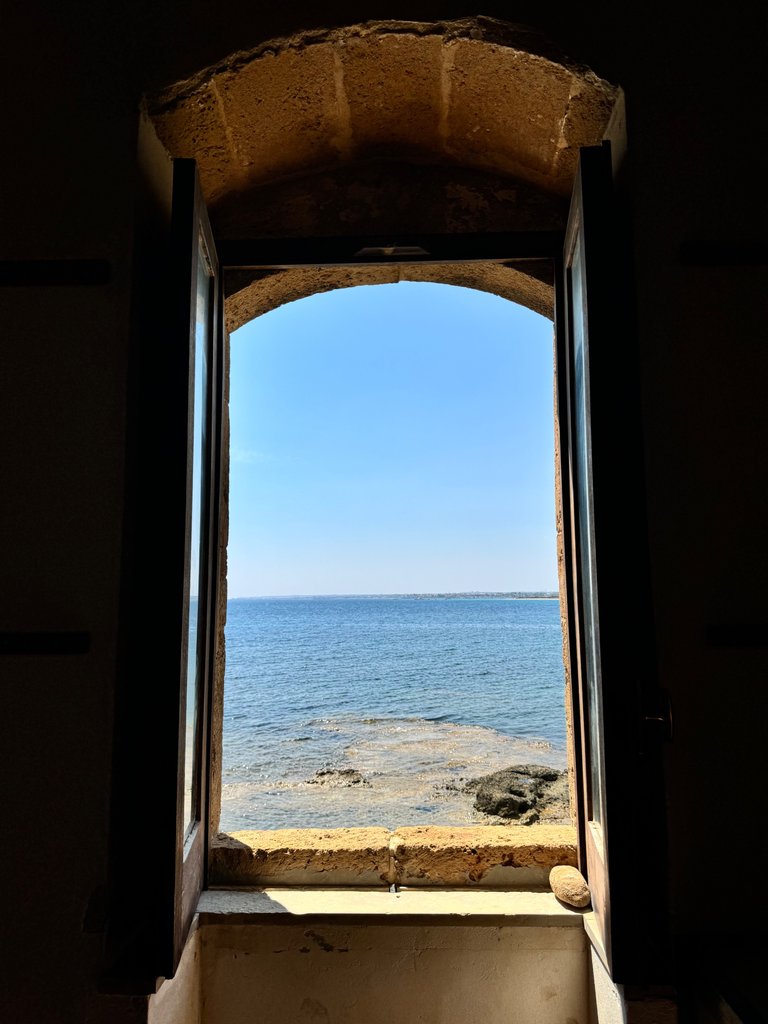

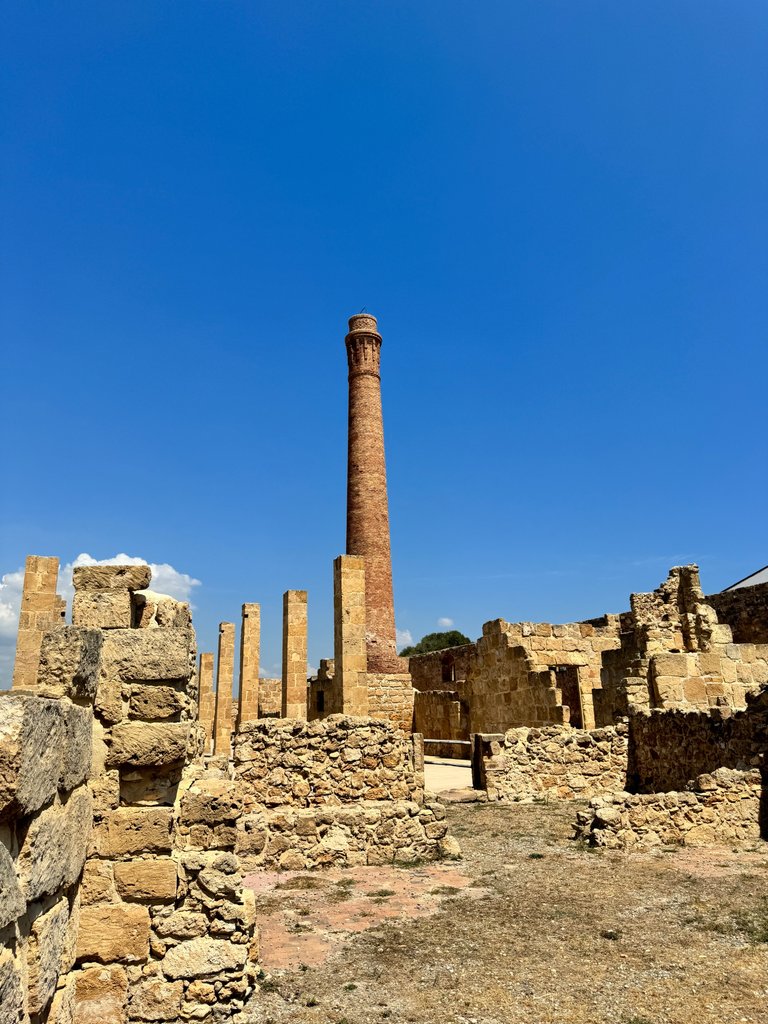
The trap of Vendicari
We are in the eastern reserve faunal oasis of Vendicari, in the province of Syracuse.
What you see in the photos is the place where the tuna was processed, after being caught by fishermen on the trap at sea, was then brought to this facility to be processed.
This method of processing tuna was imported by the Arabs during one of their periods of domination.
In fact, this place takes the name of MARFARAGGHIU, that is the place where they were brought tuna and then prepared for sale, and has its own Arab origin.

La tonnara di Vendicari
Ci troviamo nella riserva orientale oasi faunistica di Vendicari, in provincia di Siracusa.
Quello che appunto si vede nelle foto è il luogo nel quale veniva fatta la lavorazione del tonno, che, dopo essere pescato dai pescatori sulla tonnara in mare, veniva poi portato in questa struttura per essere lavorato.
Questo metodo di lavorazione dei tonni fu importato dagli arabi durante uno dei loro periodi di dominazione.
Infatti questo luogo prende il nome di MARFARAGGHIU, ossia il luogo dove venivano portati i tonni e poi venivano preparati per la vendita, ed ha proprio origine arabe.




What is the structure of the trap?
It consists of two parts:
The pedal : composed of a number of nets that, placed at a depth of 70 meters, were to bring the tuna in the direction of the island.
The island : a sort of underwater building in which tuna were caught.
In MARFARAGGHIU, as mentioned above, they were brought, after capture, to be processed and prepared for marketing.
The structure of MARFARAGGHIU is recent, around the first half of 1900. A real production plant working at 100%.
Com’è la struttura della tonnara?
E’ formata da due parti:
Il pedale : composta da un certo numero di reti che, poste a una profondità di 70 mt, dovevano portare i tonni nella direzione dell’isola.
L’isola : una sorta di edificio sottomarino nel quale i tonni venivano catturati.
Nel MARFARAGGHIU, come detto precedentemente, venivano invece portati, dopo la cattura, per essere lavorati e preparati alla commercializzazione.
La struttura del MARFARAGGHIU è recente, intorno alla prima metà del 1900. Un vero e proprio impianto di produzione funzionante al 100%.




The building was built in 700, and had various phases of use and development, until 1944, when, after the bombing of the Second World War, it was permanently closed.
Once the tuna arrived, they were hung upside down on long ropes that went between the various columns of the trap; once drained from the excess blood, they were cleaned and cooked in ovens, and then processed for marketing. Then made ready to sell portions, from classic tin cans to containers of about 20/30 kg.
L’edificio fu costruito nel 700, ed ebbe varie fasi di utilizzo e di sviluppo, fino al 1944, quando, dopo il bombardamento della seconda guerra mondiale, venne definitivamente chiuso.
I tonni, una volta arrivati, venivano appesi a testa in giù su lunghe corde che giravano tra le varie colonne della tonnara; una volta prosciugati dal sangue in eccesso, venivano puliti e cotti all’interno di forni, e poi lavorati per la commercializzazione. Quindi fatte porzioni pronte alla vendita, dalle classiche scatole in latta a contenitori di circa 20/30 kg.




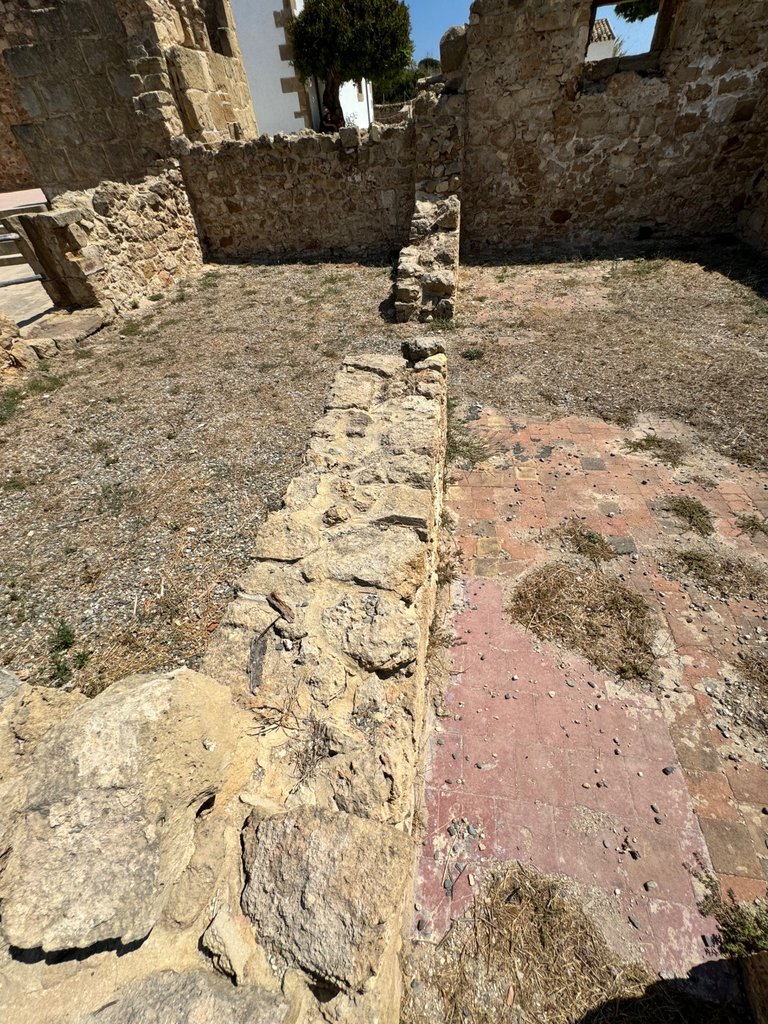
It is really a suggestive place, you can enter to visit the "houses of the fishermen" with still inside the tools that were used and the various stages of fishing.
In addition, there is a collection of all the animals present in the reserve.
E’ veramente un luogo suggestivo, è possibile entrare a visitare le “case dei pescatori” con ancora all’interno gli attrezzi che venivano utilizzati e le varie fasi della pesca.
Inoltre all'interno è presente una collezione di tutti gli animali presenti nella riserva.



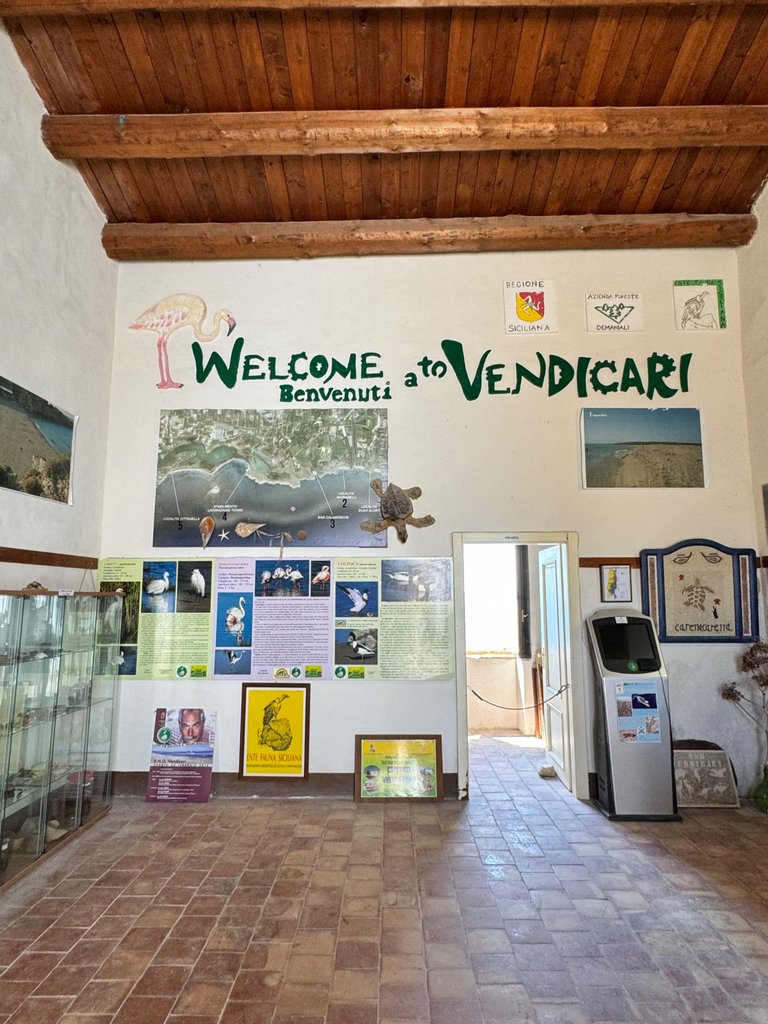

In fact, this place, as mentioned before, is located right inside a natural reserve. It’s possible to admire different species of birds and animals.
Also see the watchtower, built in 1400 by the Spaniards, which served as control of the territories; from this it was possible to see the tower of Portopalo and that of Eloro. This was essential for the control of territory and defense against any kind of attack.
The visit to the tuna trap is free, but to enter the reserve you have to pay a ticket of 3.50 € per person ( children excluded ).
To the next trip
Claere
Al prossimo viaggio
Claere





Beautiful place and you took great pictures. Thanks for sharing.
Thanks too kind 🥰
Congratulations, your post has been added to WorldMapPin! 🎉
Did you know you have your own profile map?
And every post has their own map too!
Want to have your post on the map too?
Travel Digest #2304.
Become part of our travel community:
- Join our Discord
Hiya, @ybanezkim26 here, just swinging by to let you know that this post made it into our Honorable Mentions in Your post has been manually curated by the @worldmappin team. If you like what we're doing, please drop by to check out all the rest of today's great posts and consider supporting other authors like yourself and us so we can keep the project going!Thank you🫶🏻
Keep up the great work 💪